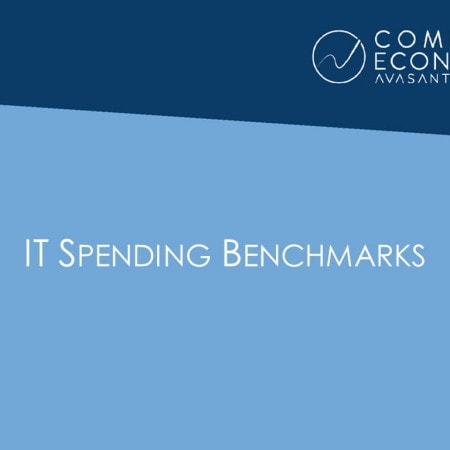-

Current Trends in Use of IT Contract Workers (2008)
Managing a contract workforce has become an increasingly important task for IT organizations. In this study, we examine the use of contractors and temps by organization size and sector. We also examine the four-year trend between 2004 and 2007 to discover how the use of contract labor has changed over time. Furthermore, we examine how the aggressive use of temporary employees relates to staff growth and turnover rates. The report concludes with our view on current and future trends in the IT contingency workforce. (5 pp., 7 figs.)[Executive Summary]
April, 2008
-

IT Contractor/Temp Use Falls Dramatically in Utility Companies
Although most industries have experienced a significant decrease in the use of IT contractor/temp personnel, utility companies have been more aggressive than most in pulling in the reins on this spending category.
November, 2002
-

Use of Contractor/Temporary Personnel TriMark – 1998 to 2000 (Feb 2001)
The Use of Contractor/Temporary Personnel TriMark provides the lower quartile, median, and upper quartile of contractor and temporary staff compared to the total staff in the information systems department. The data is presented for each sector or by organization size. The lower quartile (25th percentile) presents the lowest 25 percent of contractor/temporary personnel used by all of the organizations, where 25 percent used less than that amount. The median (50th percentile) is the level at which half of the organizations used less and the remainder used more. The upper quartile (75th percentile) presents the highest 25 percent of contractor/temporary personnel used by all of the organizations, where 25 percent used more than that amount. Results are presented for the period of 1998 to 2000.
May, 2002

 Grid View
Grid View List View
List View